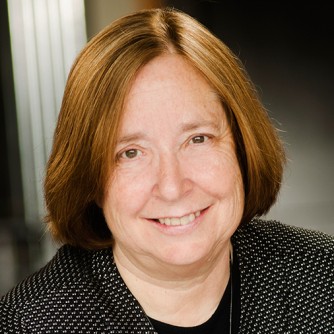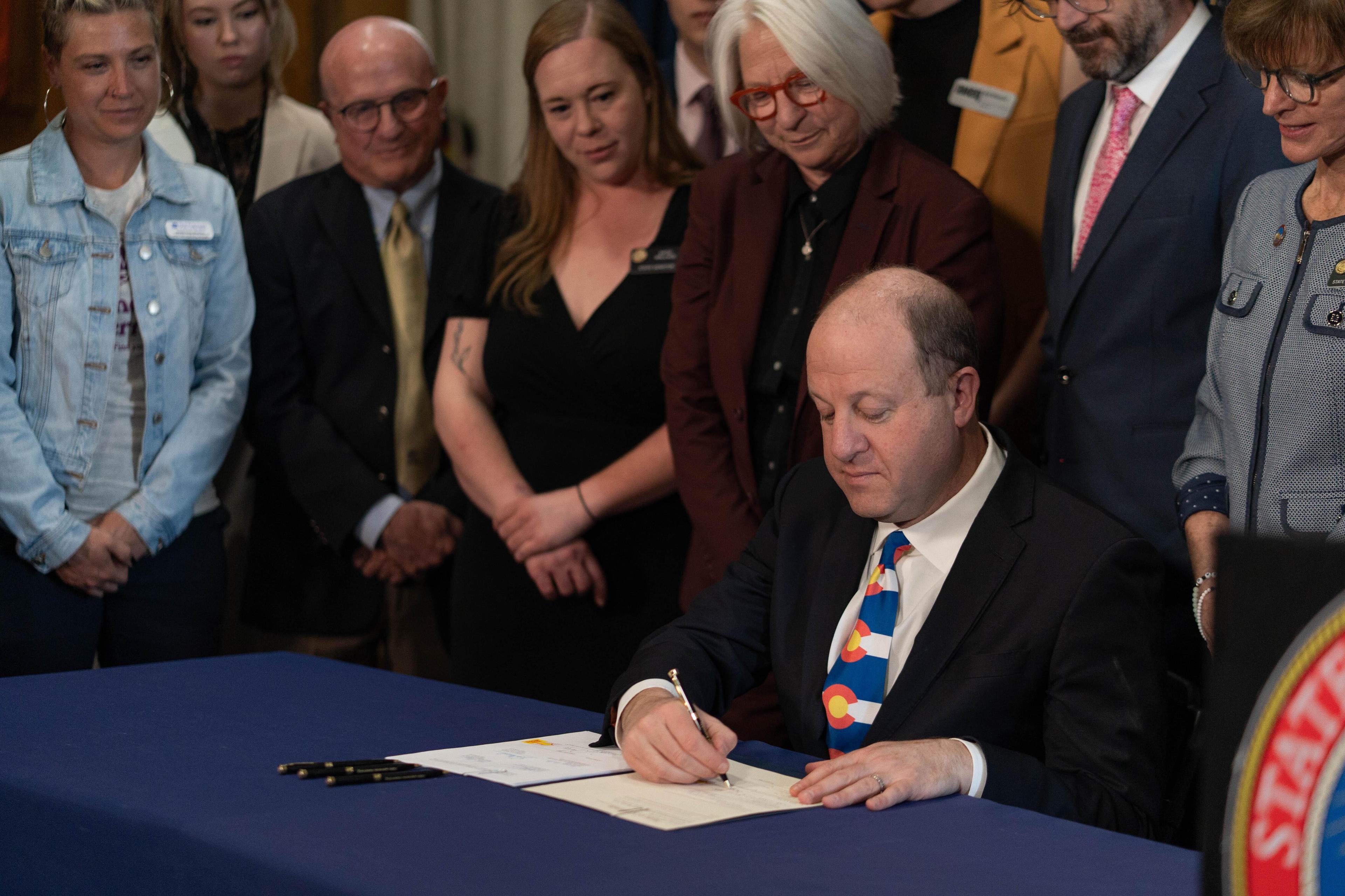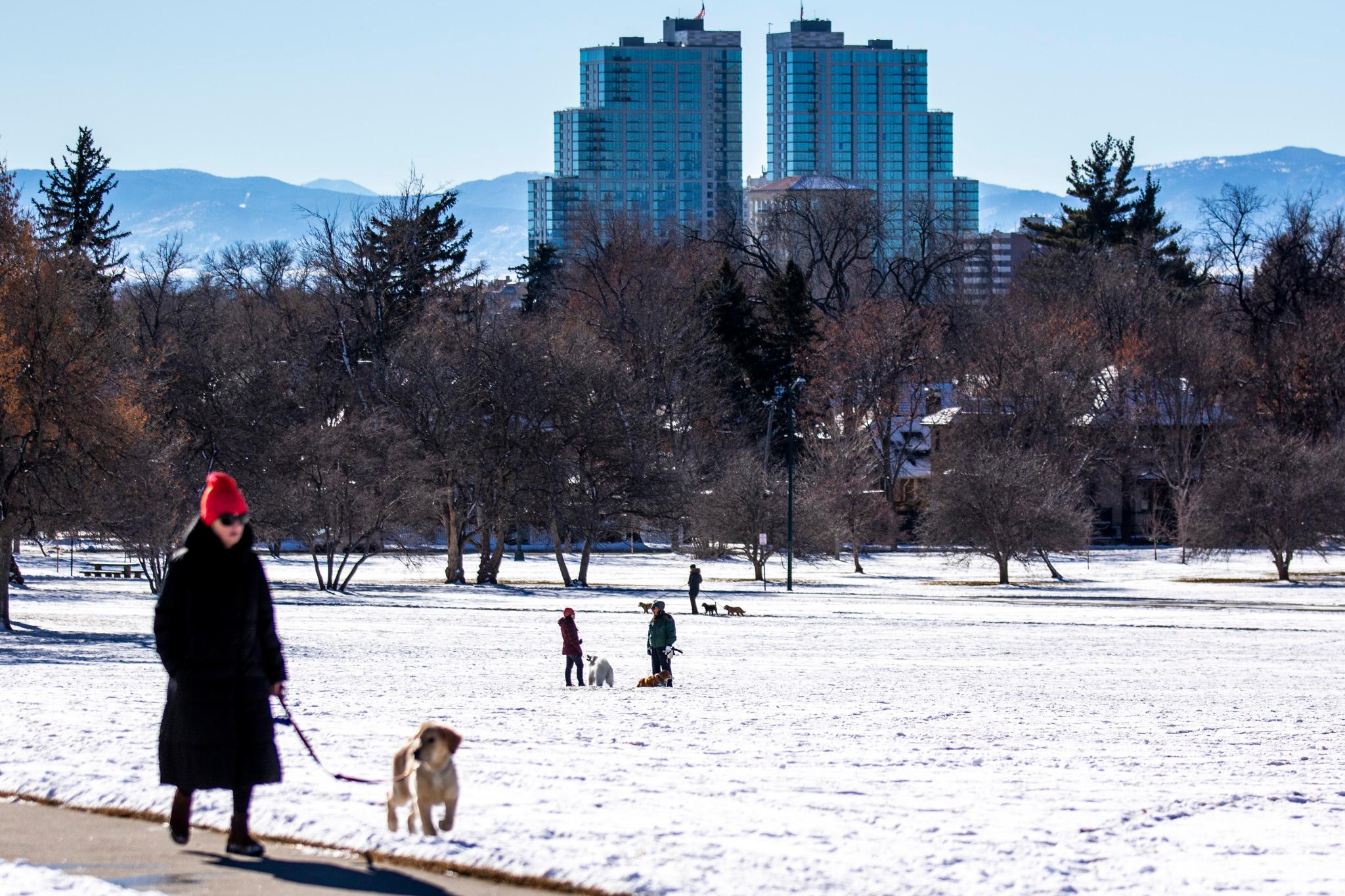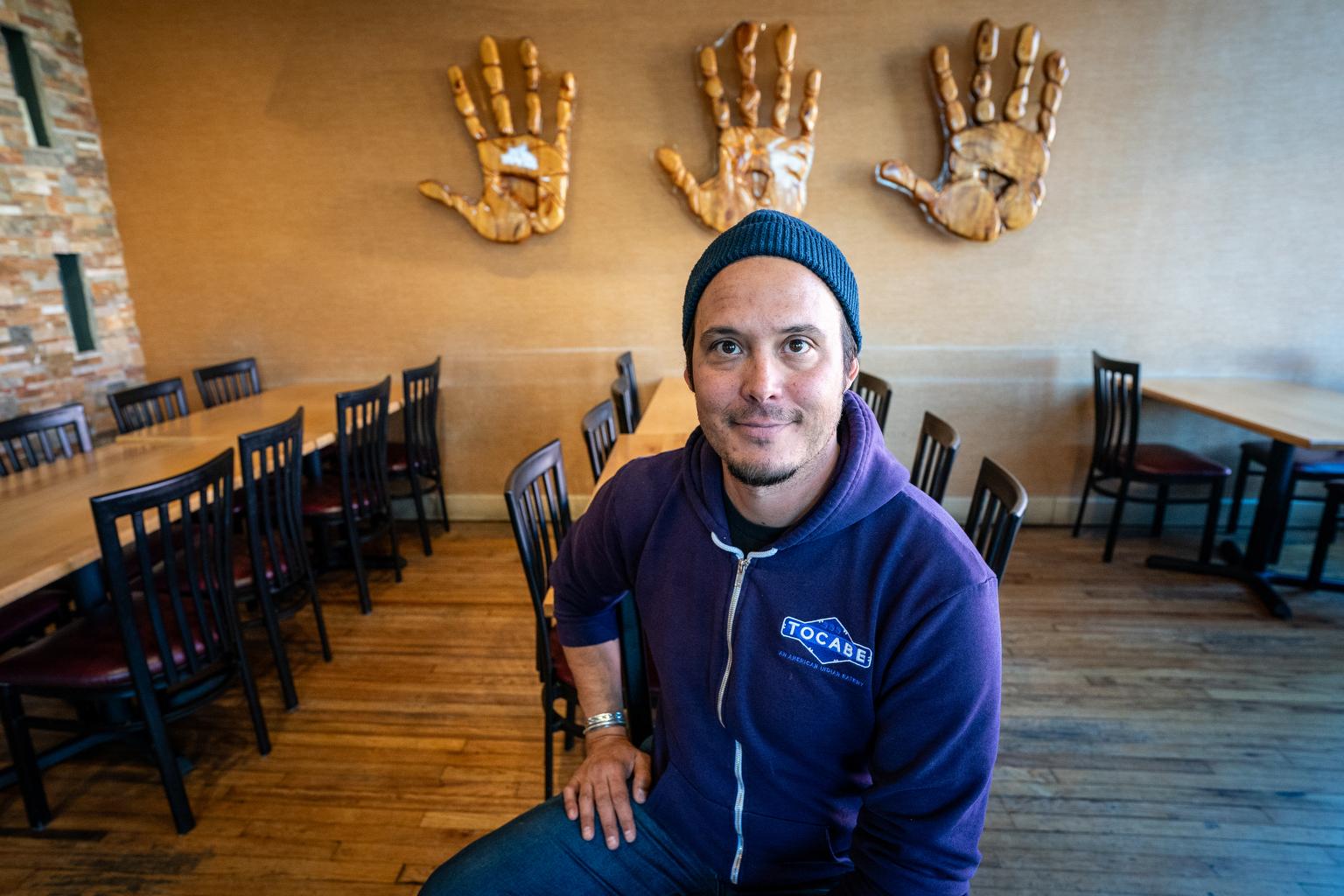
Denver restaurant owner Ben Jacobs will take the day off Thursday to share a joyous Thanksgiving with family members gathered around him and foods rooted in their Native American heritage on the table.
But as a member of the Osage Nation, Thanksgiving also comes with some pain.
The history of that meal shared by Indigenous people and the colonists centuries ago is predominately told from the white colonists’ point of view.
“I am opposed to the story that is told of Thanksgiving because that's a romantic image,” said Jacobs, the co-founder and owner of Tocabe, An American Indian Eatery, in northwest Denver.

“I am about what it represents. It’s one of my mother's favorite holidays. Where we come from, food is really important, community is really important. Getting together and belonging is really important. Family-style eating is traditional to us. Thanksgiving is a great day for that. For us, it's incorporating our foods into what we do and really just having that time to eat in tradition, whatever definition that is for you and for us.”
The food his family will share, like squash, might be found on any holiday table in the nation, regardless of heritage.
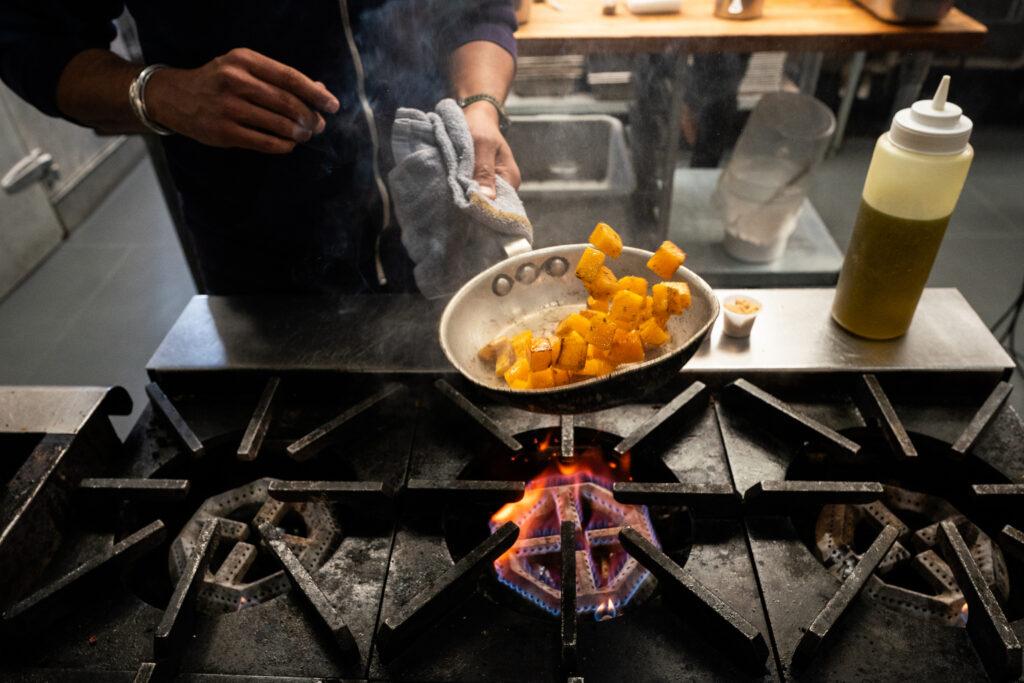
“As a culinarian, a chef, the foods that we eat and the foods that are important to us, especially on Thanksgiving, have their origins and their histories in our communities. A lot of times those stories are not told.”
Those conversations sometimes start when people notice the three wooden carvings on the restaurant wall. They’re of hands, palms open and facing toward the room. Each hand represents a district of the Osage nation.
Jacobs and his business partner, Matt Chandra, opened Tocabe 16 years ago. Their mission, Jacobs said, is to share Native American foods and to provoke questions and conversation about the culture that surrounds them.
“The reason that we selected the three hands is we wanted to create something that people would kind of question. Why the three hands? Why not moccasins? Why not feathers? Why not dream catchers? It's really specific to our community. It's in our art, it's in our clothing, and also it is something that's built for people to question – why do you do what you do? What is this about?”
The restaurant offers everything from stuffed tacos and fry bread to bison ribs. In the last few years, Jacobs and Chandra have added Tocabe Indigenous Marketplace, which sells recipe ingredients and ready-to-eat meals. Jacobs often travels the country, visiting Indigenous communities and sourcing the food for his businesses.
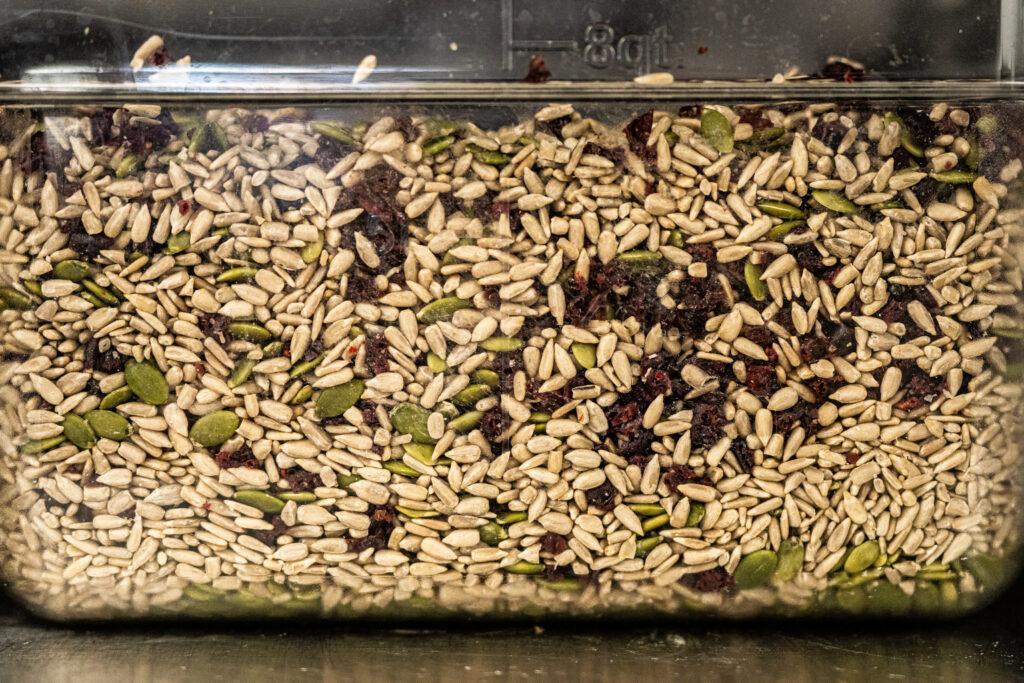
“What I would like people to remember and realize is that the Native food system is the American food system,” he said. “Our food can’t get stuck in shipping containers off San Francisco, Miami or Houston. We can drive to Cheyenne River Buffalo Company in South Dakota and pick up our buffalo. We can drive to Arizona, Ramona Farms, and pick up tepary beans, on the way back stop at Navajo Pride and pick up pinto beans and then stop at Ute Mountain and pick up blue corn meal and come right back up. It is fully accessible for everyone.
“I say that because this food is not just for Natives. This is food for everyone and I think the real strength in what we’re doing as a community – as food producers, ranchers, farmers, caretakers of the land and people of the water, is that we are giving American people the food system back that we all always deserved.”
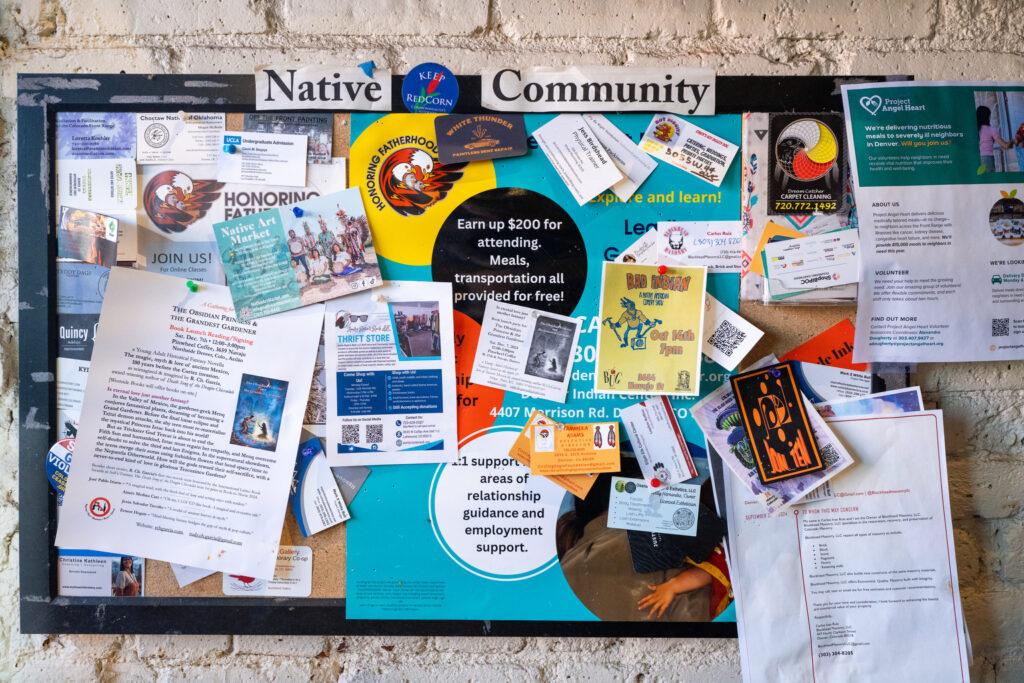
Tocabe's Glazed Butternut Squash
Ingredients:
- 1 Honeynut or Butternut squash cut into half-inch cubes
- 1 TB maple or brown sugar
- 1 TB high-quality olive oil
- 1 tsp rubbed sage
- Kosher salt to taste
Equipment:
- Small stock pot
- Mesh sieve
- Bowl (Large enough to allow sieve to submerge with water)
- Small saute pan
- Small spoon
- Small bowl or dish from serving
Process:
- Place a small stock pot ¾ full of water on the stove and bring to a boil.
- While water is rising to temp remove skin, flesh and seeds from the squash and cut into ½ inch cubes.
- When squash is cut and water is at a rolling boil, add diced squash and allow to cook for four to five minutes to par cook. Check the doneness of squash with a small paring knife. Squash should be soft but not to the point of mush, you want to retain some textural bite.
- While squash is cooking, fill the bowl with ice and water.
- When squash is a desired texture, remove from heat and drain in a mesh sieve.
- Once hot water is drained immediately place the sieve into the ice bath to halt the cooking process.
- After three to four minutes in the ice bath, place the squash onto dry paper towels to remove excess water.
- As squash dries, heat saute pan on stove top.
- When the pan is hot add olive oil, two cups of squash and lightly season with kosher salt.
- Allow squash to sear and brown on one side (Note: you can lift and peak at one or two pieces to check color).
- When the first side is the desired color add sage and toss.
- Wait another minute then add maple or brown sugar and toss again. Once sugar has melted down toss repeatedly for 30 to 45 seconds to fully coat all sides of the squash
- Remove from heat and place in a small bowl or serving dish.
- Repeat the process if making a larger serving size.
